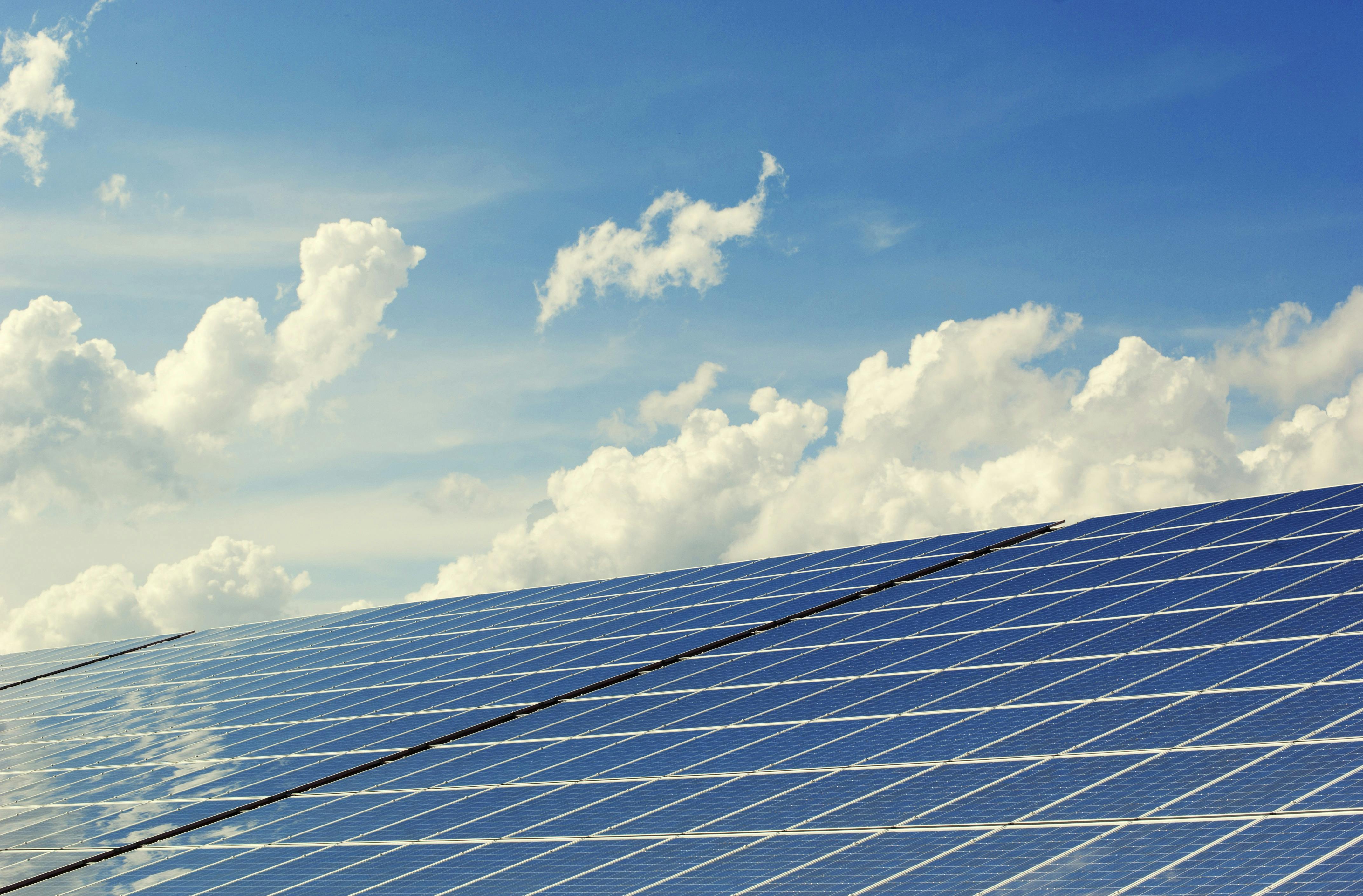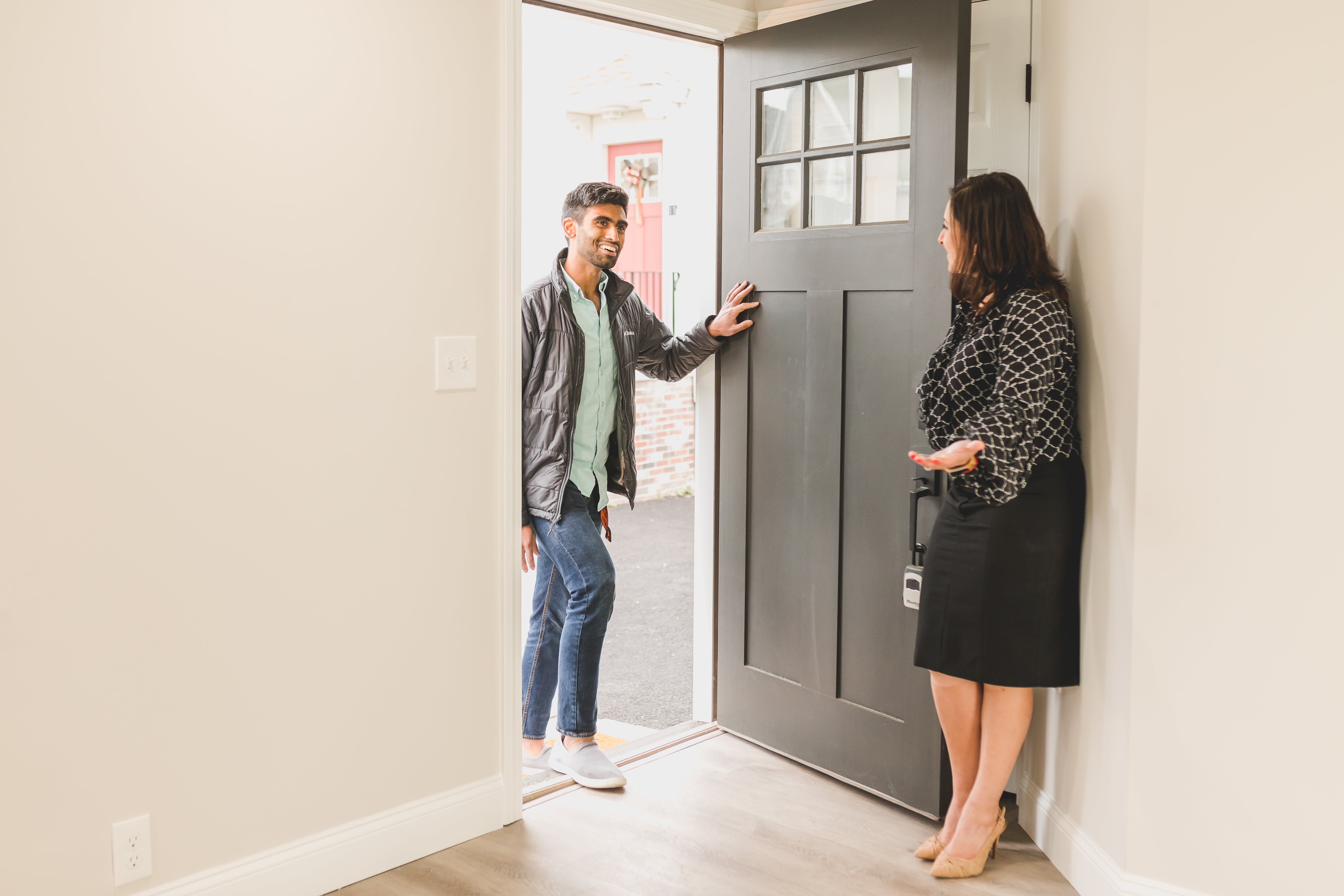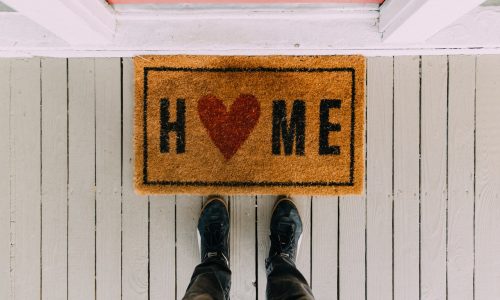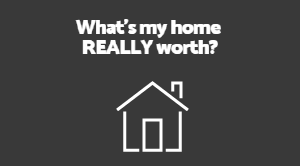-
Lot Size36,591 sqft
-
Home Size2,102 sqft
-
Beds3 Beds
-
Baths3 Baths
-
Year Built1987
-
Days on Market2
Sustainable Design Trends in Modern Real Estate
- Real Estate Tips
- February 27, 2024

Sustainability is becoming a defining factor in modern real estate, impacting everything from residential homes to commercial buildings. As the real estate market changes, sustainable design trends in the real estate industry are becoming more important. There is a shift in focus on how developers, architects, and buyers are embracing eco-friendly practices.
What are Energy-Efficient Homes?
Essentially, emergency efficient homes are being designed with sustainability in mind, from solar panels to smart home technologies. Energy-efficient homes are designed to reduce energy consumption and waste. They use renewable energy sources, such as solar, wind, and geothermal power. They are also designed to reduce their carbon footprint by using recycled materials and energy-efficient appliances.
In some homes, biophilic designs take over the home, allowing for the incorporation of natural elements into the design of the building. With green roofs and solar-powered indoor gardens, biophilic homes offer a natural, sustainable living environment while maintaining a beautiful architectural design. Connection to the natural world in architecture provides a sense of style and elegance.
Ultimately, the consumer demand will reflect whether these trends stay relevant. By investing in sustainable practices, communities can create a more sustainable and resilient future. This can help to create a healthier and more sustainable environment for all.
Community Sustainability and Financial Incentives

While there are individual builders pushing developments designed with sustainability at their core, communities can do their parts to push for it beyond just residential developments! By promoting cities with walkability, public transportation, and community gardens, sustainability trends can flourish and thrive in all spaces.
Governments and organizations may be able to offer incentives for sustainable building practices, such as tax credits and grants. These incentives can help to encourage businesses and individuals to invest in sustainable practices. This, in turn, can help to reduce costs and create jobs while also protecting the environment, which is an admirable goal.
In the future, we may need sustainable practices a lot more than we might think. For now, they are the goal, but in the years to come, they could be a necessity.
Key Takeaways for Sustainable Trends in Real Estate
Sustainable design benefits the environment and offers financial savings, healthier living spaces, and increased property values. Understanding these trends is crucial for real estate professionals and consumers alike as the industry continues to evolve toward a greener future.




